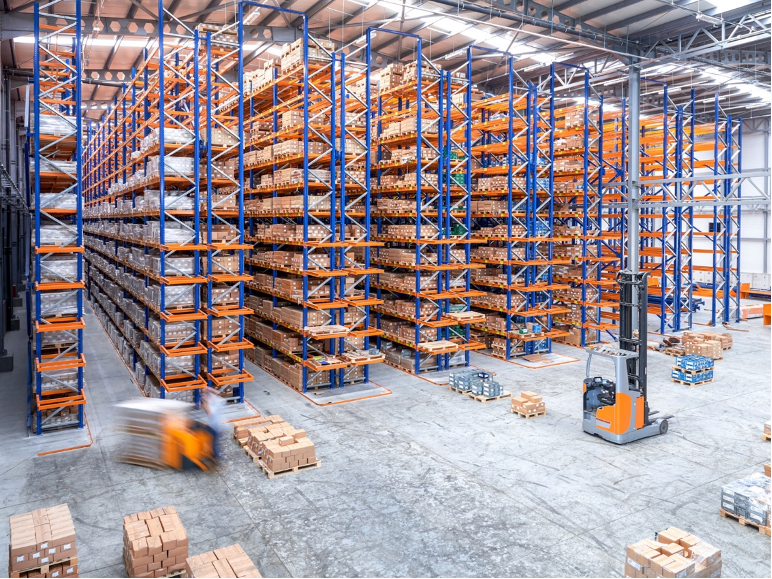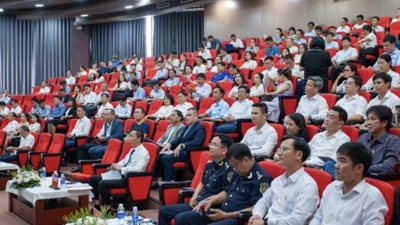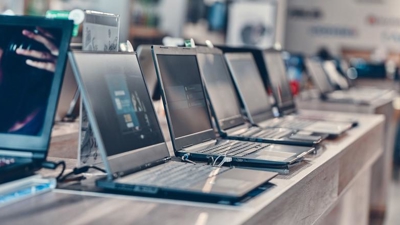100 Years Later: Pallets Remain an Untapped Data Source
Mr. Christanto Suryadarma, Sales Vice President for Southeast Asia (SEA), South Korea, and Channel APJeC at Zebra Technologies, speaks about how CIOs can leverage pallet data to optimize performance, enhance supply chain efficiency, and unlock their organization’s full potential.

Extracting the right data to arrive at the truth
Whether in retail, healthcare, government, hospitality, energy, warehousing, or manufacturing, operational function and revenue thresholds are limited by one’s ability to get equipment, supplies, or shelf stock to the right place at the right time. Yet, establishing clear, safe travel lanes for those goods and ushering them on an uninterrupted journey can be challenging when they essentially go dark communication-wise.
It is not feasible for any one person to keep eyes glued on every pallet. Nor are criminal mischief or accidental mishandling the only threats to the on-time delivery of goods. There are environmental hazards that are subject to human misinterpretation.
That is why every pallet needs to be given a digital voice. It can serve as a reliable field informant, reporting when, where, and why hardships are arising for income-producing goods – as well as how to fix them. More importantly, that pallet can help fill in the holes in the stories being told by other business informants: the inventory management system, the financial system, even net promoter scores.
For example, if data collated by other information systems indicates consistently late or lost shipments, an RFID tag could be attached to every pallet to track real-time movements. Scan tunnels equipped with fixed RFID readers, or frontline workers equipped with mobile RFID readers, can report a pallet’s location in a second’s time, making it hard to lose sight of those goods.
Technically, a fixed barcode scanner or mobile computer with a built-in barcode scanner could also be used to record a pallet’s movements and report the last-known location. However, that either requires someone to have a direct line of sight into the pallet as it passes and intentionally scan the barcode or for the barcode on the pallet to be scanned by a fixed device at a checkpoint. That requires a lot of ‘perfect positioning,’ which doesn’t always happen. Even if it does, that barcode scan only tells you the pallet’s last known location – not the current location, unless the pallet just happens to still be sitting in the same spot.
RFID tags, on the other hand, don’t require that direct line of sight. An RFID reader can find a pallet’s location if it’s within a certain range, which can be upwards of three metres. That makes RFID preferable when trying to explain where things might have been lost or, better yet, prevent future losses. That said, barcode-derived location data is better than no location data. It adds more context to the story you seek to uncover about those business anomalies. So, at the very least, pallets should be given the opportunity to speak through barcode technology.
Trying to get to the bottom of quality-related losses that are showing up in the books? There are plenty of sensors that are keen to tag along with pallets as environmental overseers. Their sole job is to monitor the climate conditions that palletized goods experience on their journeys.

So, if other sources indicate an increased level of waste or suspected quality degradation occurring during the shipment or storage of food, beauty products, flowers, or even electronics, sensors can help confirm why these issues are occurring. When paired with RFID, barcode, or even GPS-sourced data, they can potentially direct people to the precise ‘point of failure’ for fast resolution.
If the goods on board get too hot or too cold, or the air is too humid, the environmental sensor ‘escorting’ the pallet on its journey can document the variances and potentially signal for immediate intervention if the situation gets dire enough. Even if that sensor can’t call for help in real-time – perhaps it can’t connect to a network or it serves as a more passive observer – it is still a valuable source of information that remains significantly untapped by organizations in Vietnam.
That is assuming the rest of the business operation is digitally fortified enough for the insights supplied by this field-informant technology to reach the right person and elicit action.
It is not enough to give a pallet a digital voice. Automated data ingestion, aggregation, and analysis systems must be set up to interpret what it is communicating. These systems must be able to identify and alert someone to unexpected patterns in each pallet’s movements or exposures – and the patterns of the entire pallet-reliant supply chain operation. Otherwise, the truth that pallet has technically exposed and the long-desired opportunity to explain and resolve business anomalies will remain elusive.
Digital transformation is advancing at a rapid pace in Vietnam, driven by ambitious goals outlined in the country's Digital Transformation roadmap. To stay competitive and align with this vision, organizations in Vietnam must embrace innovative technologies and leverage data from previously untapped sources, gaining valuable insights into inventory management, optimizing supply chain efficiency, and reducing operational costs.
How the truth has changed
When Howard T. Hallowell filed the original patent for the pallet 100 years ago, he was driven by the need to improve the efficiency of transporting goods, as supplies needed to move more quickly and effectively to support a growing population and bolster economic health.
However, the pallet is no longer just a physical mechanism to move larger quantities of goods as ‘one.’ It can be the digital conduit used to transmit many of the data points that every CIO – and every business leader – needs to understand where and how to make supply chain operations faster, safer, and more economical.
Want to turn your pallets into trusted business informants? Learn more at https://www.zebra.com/gb/en/industry/transportation-logistics.html?tactic_type=PRB&tactic_detail=TL_ThoughtLeadership_pallet_EMEA_AE







